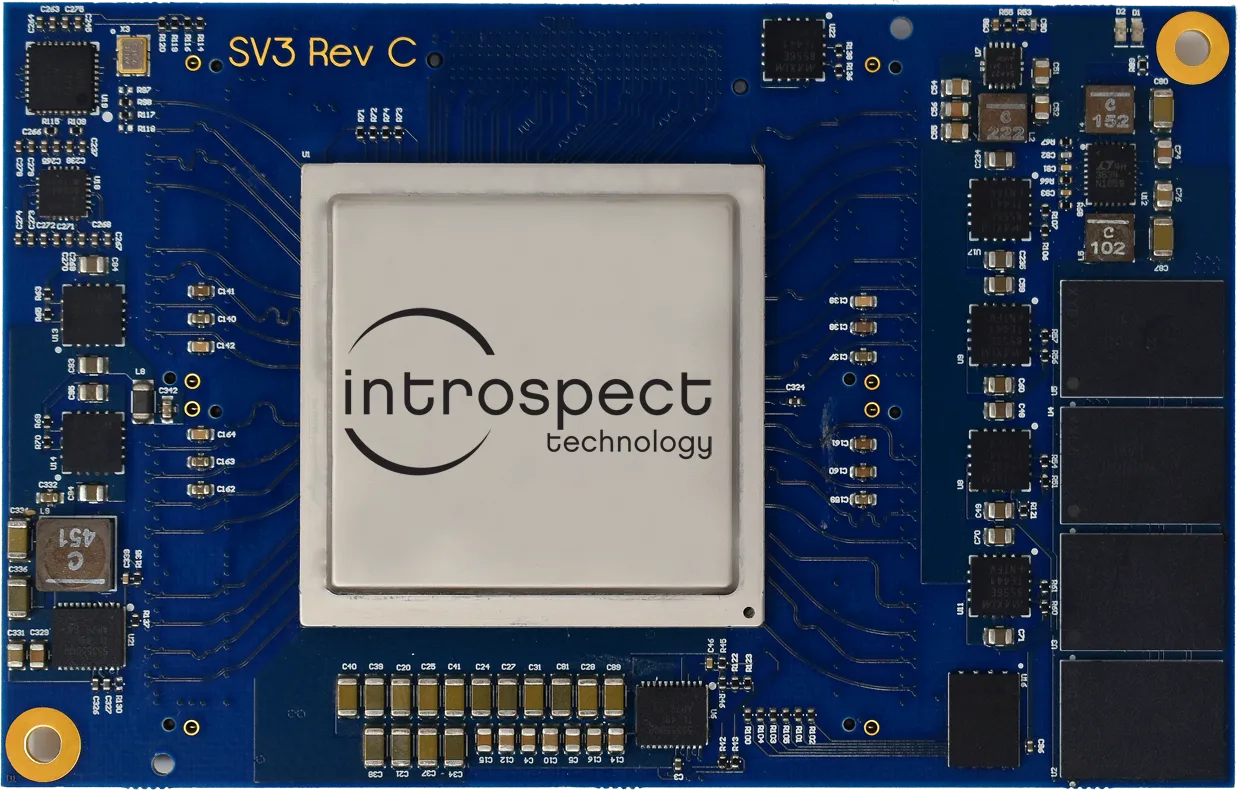
SV3D-14 Direct Attach SerDes Test Module
The SV3D-14 Direct Attach SerDes Test Module is a compact, high-performance, and fully integrated tool designed to meet the needs of modern, parallel, multi-site high-speed I/O testing. Delivering up to 14.1 Gbps of continuous data rate selection, this module supports 32 independent transmitters and 32 receivers, each with full control over signal impairments and measurement functions. It enables advanced testing capabilities such as sinusoidal and random jitter injection, TX de-emphasis, lane-to-lane skew, and per-channel equalization for robust eye margining and bit-error-rate testing.
Designed to mount directly on a test or application board without external cabling, the SV3D-14 significantly reduces complexity and test time through its built-in power sequencers, clock synthesizers, and automated scripting environment. With minimal I/O requirements and communication via SPI or optional parallel interface, it provides a cost-efficient and space-saving solution for SerDes validation in both lab and production environments.
- Multi-site, fully parallel test capability with individual pattern and BER control per lane
- Self-contained solution with on-board power sequencers and clock synthesizers
- Automated with built-in scripting capability for test time minimization
- Tiny footprint and minimal I/O requirements
The SV3D-14 Direct Attach SerDes Test Module is highly-integrated tester that mounts directly on an application or test board without requiring cables. It satisfies the growing need for parallel, multi-site Gbps testing methodologies at the lowest possible total cost.
The SV3D-14 provides continuous data rate selection up to 14.1 Gbps. It features 32 independent transmitters with signal impairments including sinusoidal and random jitter injection, TX de-emphasis and lane-to-lane skew injection, and 32 independent receivers with per-channel equalization, true parallel bit-error-rate measurement and controls for rapid eye-margining measurement. Communication with ATE is handled seamlessly via an SPI bus and via an optional parallel interface for extended data transfers.
